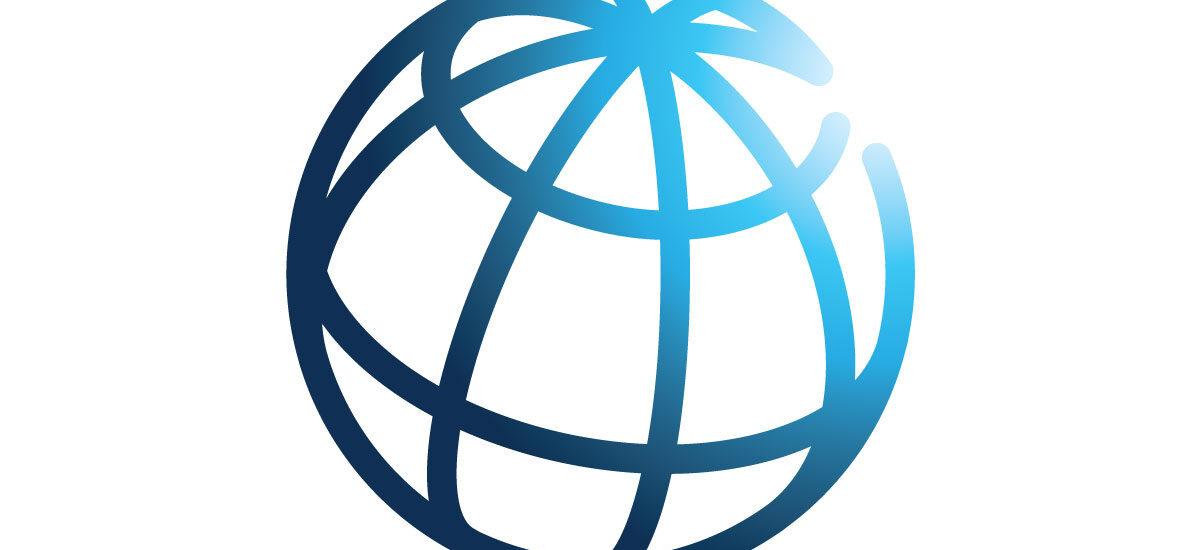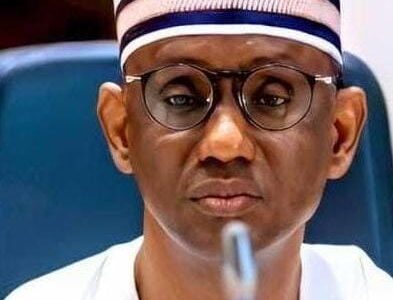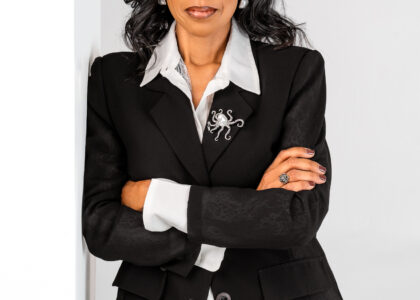Nigeria is unarguably the biggest power within the ECOWAS Community, unless that this is gradually becoming the biggest only in terms of size, population and untapped resources. Unfortunately, Nigeria now seems to score first in unpalatable statistics, such as those on corruption, wastefulness, poverty, illiteracy, insurgency, out of school children, etc.
This cannot but impact, as we are seeing, the ability of ECOWAS to fulfil its mandate. A situation, where, as the below World Bank data shows, Nigeria is in the least enviable position, is very unhelpful to the Community, particularly to its ability to achieve economic convergence. Nigeria, which ought to be the member State that provides the right incentives to smaller member States in economic, social, security and political spheres, is obviously now unable to do that when it boasts the lowest life expectancy and the least (but one) destination for Foreign Direct Investment (among other bottom levels) in the ECOWAS Community.
We have decided to highlight only two of the indices that set Nigeria out as the member State to be mainly worried about at this time, especially as its President is also the Chair of the ECOWAS Authority of Heads of States and Government.
Generally, there is an urgent need for all Heads of States and Government to show the capacity to deal with the myriads of problems that the Community is facing: except the Heads of States and the other government functionaries, who continue to live ostentatious and wasteful lifestyles, Community Citizens are been driven into multi-dimensional poverty on a daily basis.
Perhaps, now is the time to for the Heads to re-channel the energies they invest into punishing the entire citizens of a member State by way of sanctions and denial of electricity in the event of a coup. Those energies should be rechanneled to economic and other developmental issues; they should make good governance, the rule of law and human rights protection, their main priority, and ensure their policies and actions convergence on those factors.
As earlier mentioned, the two statistics we have lifted from the World Bank are those relating to life expectancy and foreign direct investment, both of which are defined below.
Foreign direct investment are the net inflows of investment to acquire a lasting management interest (10 percent or more of voting stock) in an enterprise operating in an economy other than that of the investor. It is the sum of equity capital, reinvestment of earnings, other long-term capital, and short-term capital as shown in the balance of payments. This series shows net inflows (new investment inflows less disinvestment) in the reporting economy from foreign investors, and is divided by GDP.
Life expectancy at birth indicates the number of years a newborn infant would live if prevailing patterns of mortality at the time of its birth were to stay the same throughout its life time.







